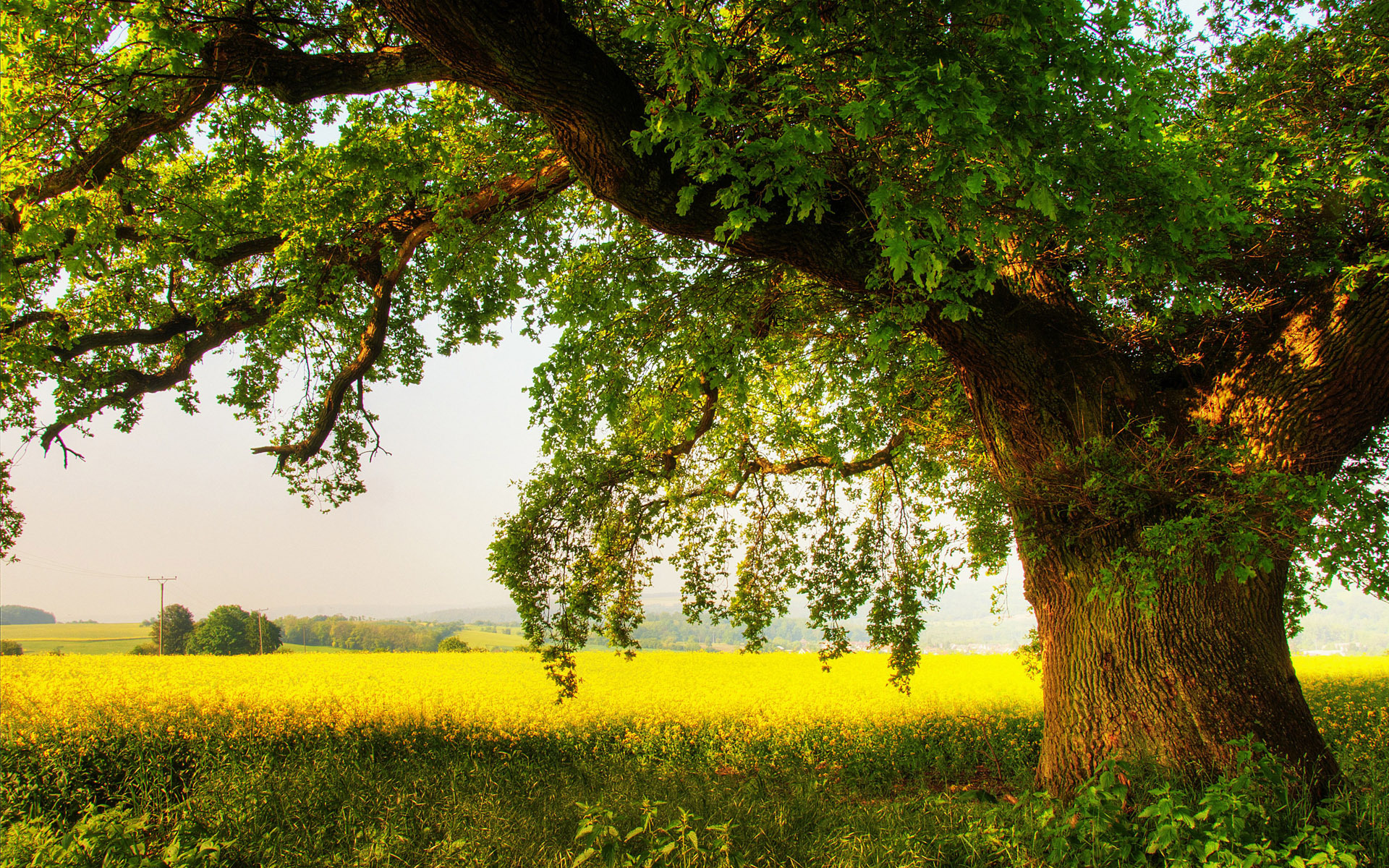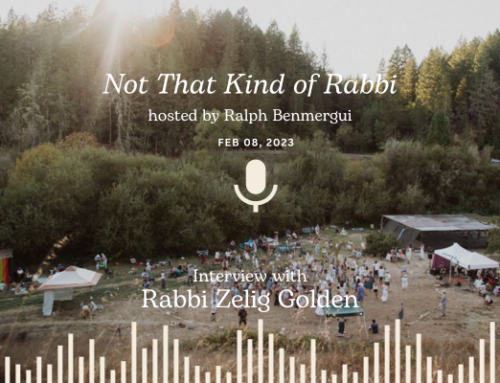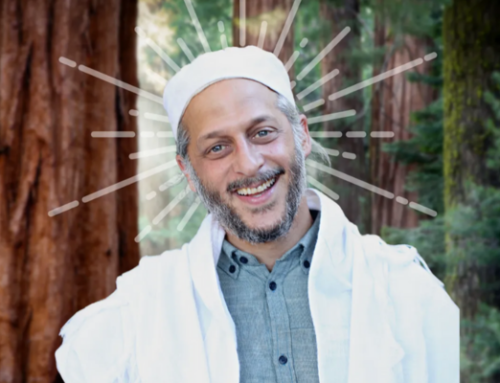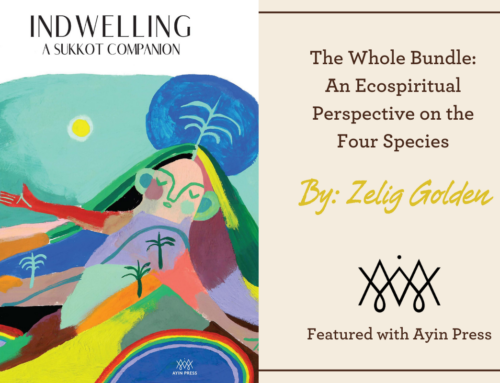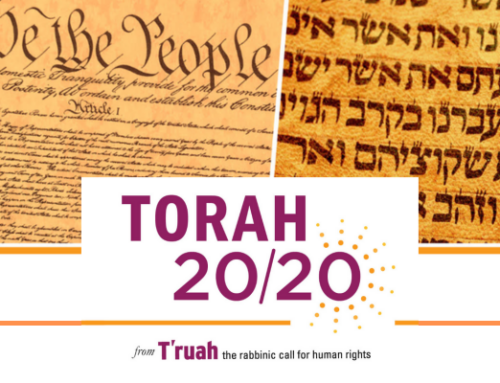Abraham’s Oaks: Portal to the Divine
13 Cheshvan 5774 | October 17, 2013
Jon Young offered a stirring perspective during his address at Sukkot on the Farm this fall — the power of nature connection must not be underestimated. A deep and authentic relationship to nature has the capacity to link us to the deeper dimensions of life, to help us in the journey to heal ancestral trauma, and to awaken sacred powers that are our birthrights as human beings. Most of us live our lives without a deep connection to the natural world, so it is challenging to wrap our minds around why nature connection is so important.
Fortunately, our ancestors provided us with a strong set of clues within the stories and texts they left behind. The Torah portion this week provides one such clue. Parsha Va-Yera begins: וירא אליו יהוה, באלני ממרא, “The Great Power appeared to Avraham by the oak trees of Mamre” (Genesis 18:1).

In the Torah portion from last week, Lekh Lekha, Avram’s story begins when Creator appears to him and tells him, “leave your native land and your father’s house, and go to yourself, to a land that I will show you” (Genesis 12:1). Receiving his calling from the Divine, Avram abides this rite of passage and sets out on his new journey into the unknown. We learn that he sojourns and makes his first stop at Shechem, where he finds “אלון מורה” (Alon Moreh), the teacher oak (Genesis 12:6). Here at this place, the Creator appears to Avram for the second time to give him his first vision.
After his travel to Egypt and back, Avram is drawn once again to this same place to “dwell at the oak trees of Mamre … and build an altar there to the Great Power” (Genesis 13:18; Genesis 14:13). Dwelling by these trees, Avram lives out the dramas of his days, and again encounters the Creator, which later appears “by the oak trees of Mamre” and presents Avraham with three angels (Genesis 18:1–2).
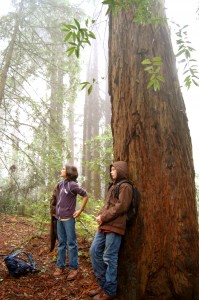
Well, you have not heard about Avraham’s teacher trees because we were not taught about them. It is striking that seemingly every English translation of this story translates “אלון” (alon) as “plain” or “terebinth.” Terebinth, however, is an ancient variety of tree found in the Mediterranean that is closely related to oak. We also know that the literal translation of “אלון” (em>alon) is “oak tree” and “מורה” (moreh) is “teacher.” It is also telling that the word for “advice,” עצה (etzah), contains the same root as the word for tree, עץ (eytz).
To discover the true meanings of these words, however, we must not merely discuss them — rather, we must experience them as Avraham does. Well, that experience was unique to Avraham, you might say. This is the exciting part … we are in essence no different than Avraham in this regard. Such connection and magic is available to us, if we seek it out.
I highly recommend you listen to Jon Young’s talk from Sukkot on the Farm and I am certain you will be inspired to investigate further!
Besides, the moon of Cheshvan that blesses us now — and its month that contains no Jewish holidays — provides the perfect respite to go outside, sit under a tree, and see what the teacher trees near you have to share. Try it — go sit silently with your back to the trunk of a tree that you are drawn to. Get so quiet that you can hear your own heart beat, so you can feel the heartbeat of the tree. If you do this, you’ll be on your way to learning what advice that tree holds for you.

